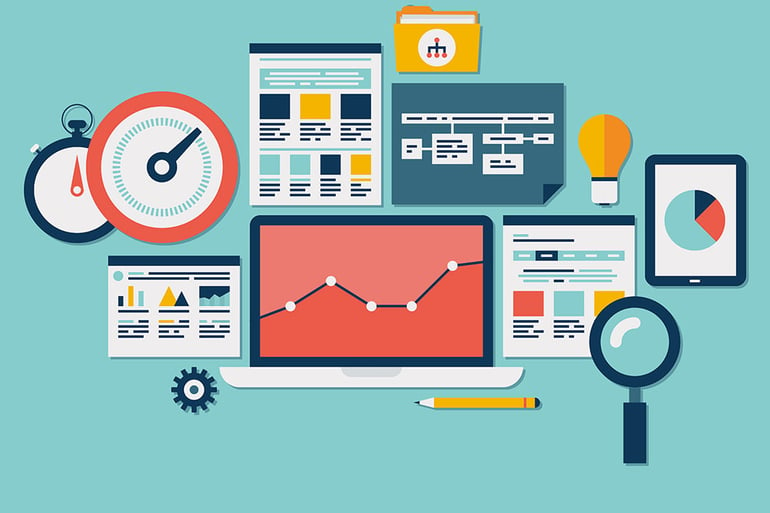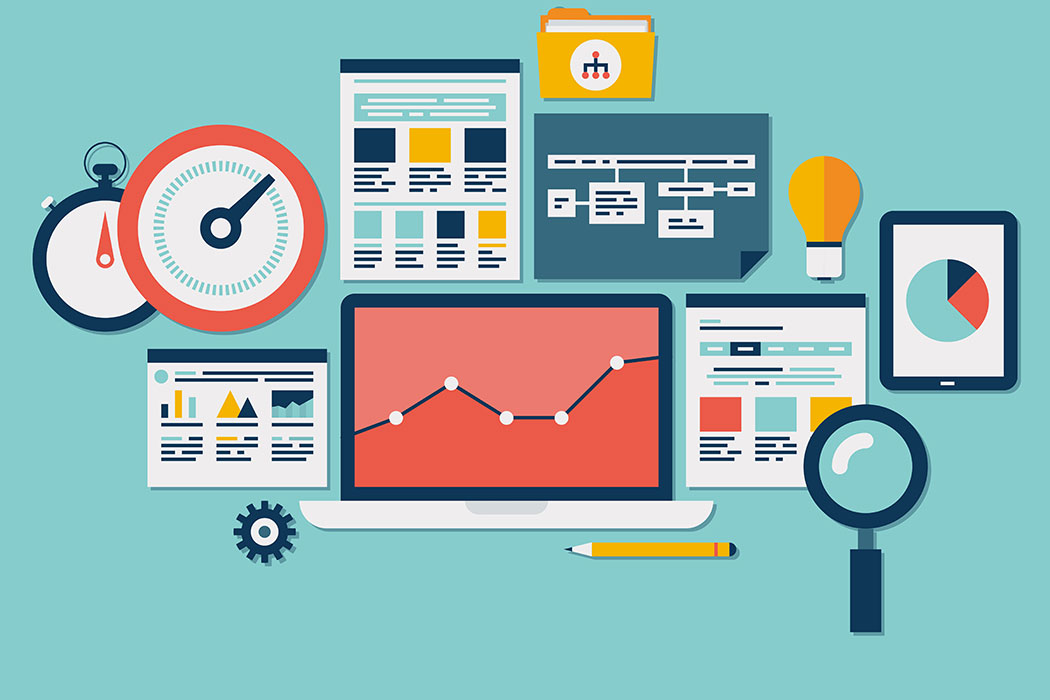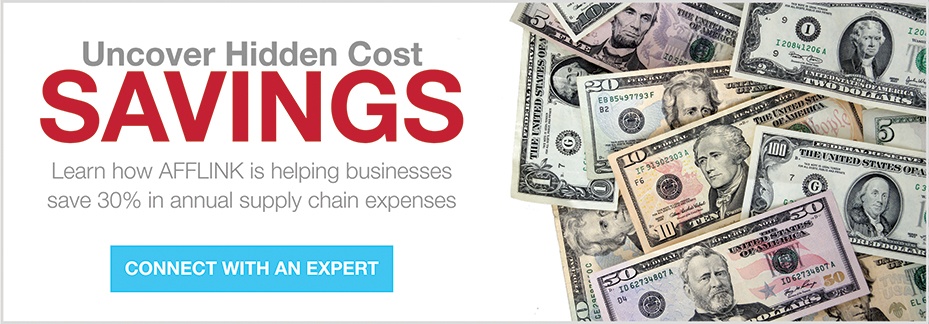 By 2020, the market for analytics in the healthcare industry is expected to reach nearly $20 billion, with predictive analytics alone accounting for $2.3 billion. That’s not surprising for healthcare, where margins are tight, costs are high, regulations are strict, and disruption in the supply chain can have real-world implications. But not all of the available data will be relevant or actionable, and analyzing irrelevant data would be a waste of time and resources. The key to successful supply chain analysis lies in knowing the difference.
By 2020, the market for analytics in the healthcare industry is expected to reach nearly $20 billion, with predictive analytics alone accounting for $2.3 billion. That’s not surprising for healthcare, where margins are tight, costs are high, regulations are strict, and disruption in the supply chain can have real-world implications. But not all of the available data will be relevant or actionable, and analyzing irrelevant data would be a waste of time and resources. The key to successful supply chain analysis lies in knowing the difference.
With that said, here are some of the important supply chain analysis data streams that would be relevant for predicting future demand, whether it’s for certain treatments and drugs or general staffing needs:
1. Historical Data
The Zika virus is making headlines these days, and the healthcare industry wants to know what to expect: how far the virus will spread, the rate at which it spreads from one person to another, and if there is a cure on the horizon. The problem is that it’s a completely new virus: there is no historical data to base predictions on. In this case, procurement specialists could use historical data on other mosquito-born illnesses to make forecasts. They could do as deep a dive as they needed, including factors like climate, season, or size of the mosquito population. They could then pair that with data on other illnesses that have long-term repercussions to predict the care that future patients might need.
2. Financial Data
Analyzing financial data is useful for a lot of things, but it’s especially relevant when it comes to assessing risk and predicting the impact of various decisions. Relevant factors could include the cost of the product in question, the likelihood of running out of the product under different scenarios, and the financial impact of those shortages (“rush order” surcharges, overnight shipping charges, loss of business to other providers, and, in extreme cases, potential lawsuits). A predictive analytics model could then analyze the various financial data points, calculate the risk/benefit ratio, and recommend a purchasing decision.
3. National Statistics
Data on national statistics can be extremely useful in a number of ways. Analysis can reveal trends in the incidence of diseases like diabetes and cancer and can then predict future supply and equipment needs. With communicable diseases like the Zika virus, predictive analysis can take the data from national statistics, analyze it, and extrapolate the results for insights on how many Zika patients they can expect to have – which will then tell them what they need to buy to treat those patients.
National statistics could also be used to predict future staffing and skills needs. For example, the CDC forecasts that the incidence of diabetes will double or triple current rates by 2050. That information can be used not only in procurement (insulin, sharps, etc.) but in curriculum development and recruitment. As the incidence of diabetes increases, so will the need for not just endocrinologists, dieticians, wellness counselors, ophthalmologists, and podiatrists.
There’s an old adage in business that says, “Be careful what you measure,” and that’s certainly true for supply chain analysis in the healthcare industry. The potential uses for predictive analytics in the healthcare supply chain are practically endless, but it’s easy to fall into the trap of analyzing irrelevant data. When deciding which data streamsto include in any particular supply chain analysis, it’s important to consider both why the data matters as well as the potential impact of incremental changes in the data points. Used correctly, however, predictive analytics can be an extremely powerful tool in making strategic procurement decisions.

About Michael Wilson
Michael Wilson is AFFLINK'S Vice President of Marketing and Communications. He has been with the organization since 2005 and provides strategic leadership for the entire supply chain team. In his free time, Michael enjoys working with the Wounded Warrior Project, fishing, and improving his cooking skills.






